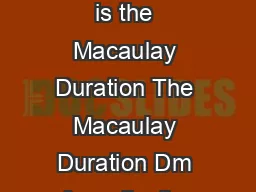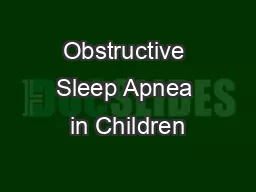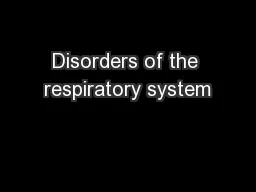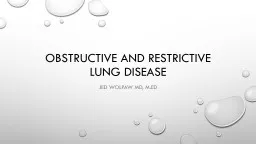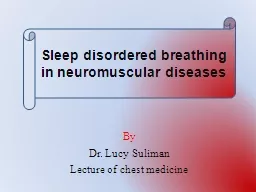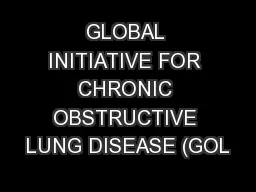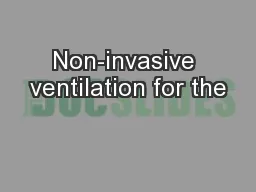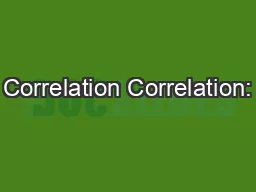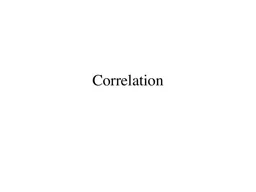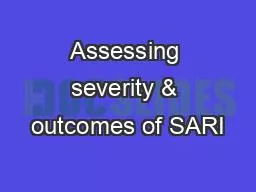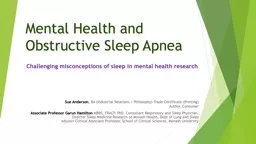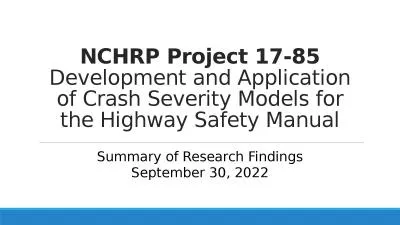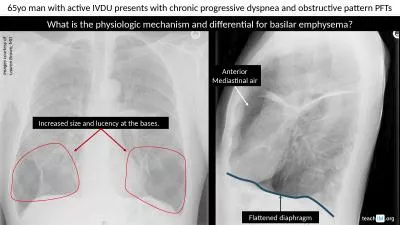PDF-Correlation between duration of edentulism and severity of obstructive
Author : della | Published Date : 2022-09-07
1 ORIGINAL ARTICLECorresponding author Email drashutoshguptayahoocoinReceived October 29 2020 Accepted March 19 2021Objectives To investigate the correlation between
Presentation Embed Code
Download Presentation
Download Presentation The PPT/PDF document "Correlation between duration of edentuli..." is the property of its rightful owner. Permission is granted to download and print the materials on this website for personal, non-commercial use only, and to display it on your personal computer provided you do not modify the materials and that you retain all copyright notices contained in the materials. By downloading content from our website, you accept the terms of this agreement.
Correlation between duration of edentulism and severity of obstructive: Transcript
Download Rules Of Document
"Correlation between duration of edentulism and severity of obstructive"The content belongs to its owner. You may download and print it for personal use, without modification, and keep all copyright notices. By downloading, you agree to these terms.
Related Documents


